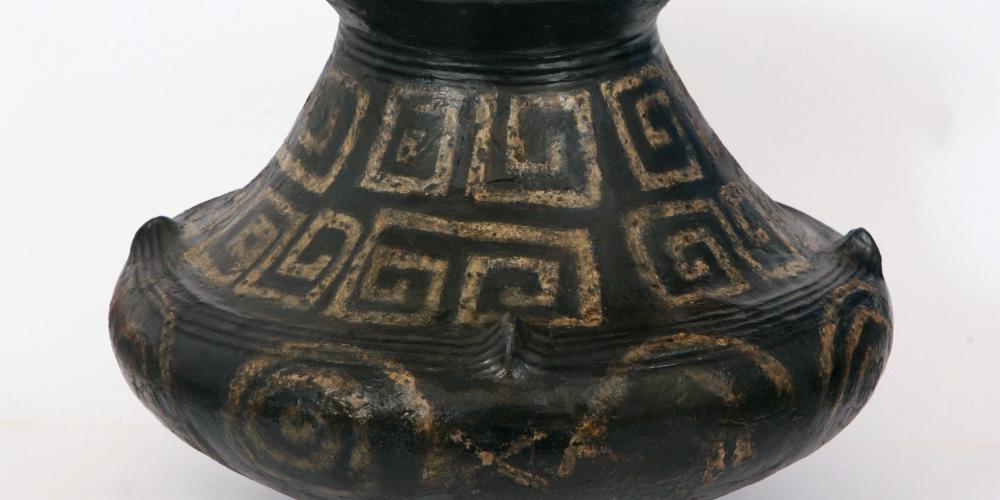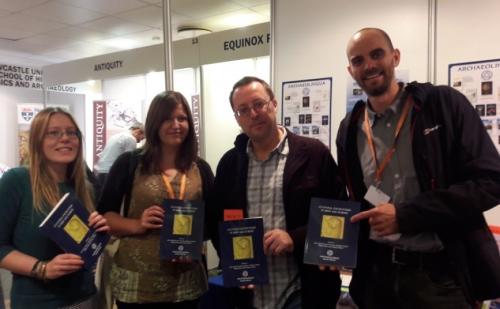
Encounters and Transformations in Iron Age Europe
This project set out to examine cultural encounters at the more local level of the individual, kin group or lineage, exploring identity as a more dynamic, layered construct.
The Iron Age in Europe was a period of tremendous cultural dynamism. Until recently archaeologists and ancient historians viewed cultural identities of Iron Age Europeans as essentially monolithic (Romans, Greeks, Celts, etc.). Yet there is little to suggest that collective identity in this period was exclusively or predominantly ethnic, national or even tribal.
ENTRANS has examined the nature and impact of cultural encounters between Mediterranean and temperate European societies. It focused on zones of primary contact where material culture, bodily treatments and patterns of landscape inhabitation provide new insights into identity. It also examined how individuals and groups responded to cultural encounters between societies founded on radically different ideas, beliefs, and norms. The researchers sought insights from archaeological records to inform understandings of cultural encounters in the humanities more generally.
The objectives of this project were to:
- develop new understandings of cultural encounters in Iron Age Europe through three primary vectors:
- art
- landscape
- the human body
- model the nature of cultural encounters in ways that go beyond conventional theories of Hellenisation, Romanisation and Celticisation
- examine issues of agency in art, bodily treatments and inhabitation of landscapes in relation to the interactions between individuals and social groups
- move from national/regional study towards transnational synthesis, facilitating exchange of expertise and the creation of internationally integrated research agendas
- act as an exemplar for studies of cultural encounters across Iron Age Europe
For further details, please visit the project website
Prof. Ian Armit
Project Leader
University of Bradford
United Kingdom
